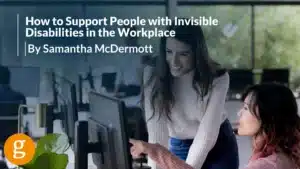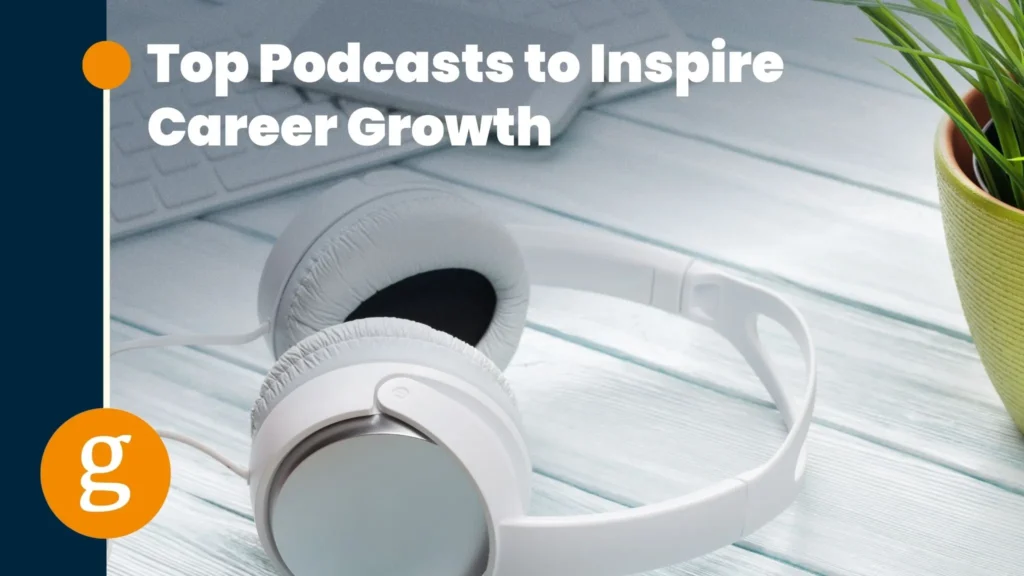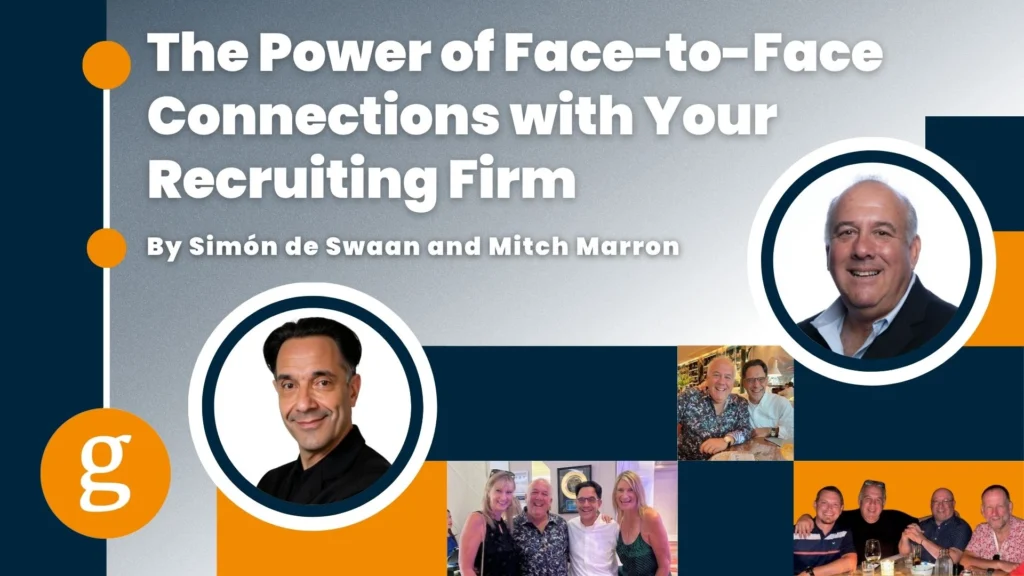How to Support People with Invisible Disabilities in the Workplace
Samantha McDermott | Opinion, Opportunity for All | December 2, 2024

Today, December 3, 2024, is International Day of Persons with Disabilities. This day was created to promote the rights and well-being of all individuals with disabilities.
If I may ask, what comes to mind when you think of a disabled person? Do you think of a wheelchair, a cane and a seeing eye dog, a walker, or perhaps a prosthetic limb?
What about invisible disabilities?
I want to bring attention to invisible disabilities – as many people who have one do not openly discuss or declare that they are disabled, particularly in the work environment. Such disabilities range from mental health issues like anxiety and depression to learning disabilities, being deaf or suffering from serious hearing loss, autoimmune disorders, chronic pain, and many other conditions.
According to the National Institutes of Health (NIH), an invisible disability is a physical, mental, or neurological impairment that is not obvious to others, but may impact a person’s daily life.
If you have or have ever had such a condition, you are a person with a hidden disability.
The term disability is defined by the federal government in various ways. In federal nondiscrimination laws, such as the Americans with Disabilities Act (ADA) and others, a person with a disability is typically someone who 1) has a physical or mental impairment that substantially limits one or more major life activities, 2) has a record of such an impairment, or 3) is regarded as having such an impairment.
A more specific list of visible and invisible disabilities is found in the U.S. Department of Labor’s Voluntary Self-Identification of Disability form, which federal contractors and subcontractors that do business with the government must offer to all job applicants and to current employees at least every five years. If you look at the form, you’ll see examples of the disabilities listed above, plus many others. This form, and all U.S. nondiscrimination laws, exist to ensure equal employment opportunities and reasonable accommodations for people with disabilities.
Why it’s important to support employees with invisible disabilities
People with invisible disabilities have the same rights to well-being and reasonable accommodations as people with visible disabilities, but this is often overlooked in the workplace. Given that approximately 33 million U.S. adults have an invisible disability, it’s likely that many organizations employ people with this type of disability, whether an employer is aware of it or not.
In 2023, research conducted by the Society for Human Resource Management (SHRM) revealed that nearly half (47%) of employees with invisible disabilities have not disclosed their conditions to their employers. The survey also found that:
- Workers with nonapparent disabilities believe that if they do reveal their conditions, their co-workers will scrutinize their behavior, think they are unable to fulfill their work responsibilities, or talk about them behind their back.
- Workers with invisible disabilities are nearly twice as likely to feel frequently excluded at work (15%) compared to those without a nonapparent disability (8%).
- People who have disclosed their condition are two to three times more likely than their co-workers and supervisors to report experiencing incivility, including rudeness, disrespect, or insensitive behavior.
As a result, many employees with invisible disabilities often suffer in silence. For example, being required to be in the office full-time can cause someone with anxiety or depression to become overwhelmed and sick, or someone with an autoimmune disorder to be exposed to germs they may not be exposed in working from home.
On the other hand, mistakes in judgement can be made when an employer knows an employee has an invisible disability. For example, assigning someone who is on the autism spectrum to an easier project could be detrimental to the project’s success as well as the employee’s self-confidence, as they see their abilities as more valuable than performing an easy project. And they’re right.
What can you do as an employer?
First and foremost, listen. If an employee requests any kind of accommodation for any type of disability, take time to understand their needs and provide support to help them become more productive. Also, ensure that you and your team understand the laws surrounding the Americans with Disabilities Act.
Marcie Lang, social worker, psychologist, and author of “Hidden Disabilities in the Workplace,” suggests ways employers can create more inclusive workplaces for employees with nonapparent disabilities:
- Educate your staff: By providing educational initiatives that teach your employees what invisible disabilities are and how they can affect people who have them, you can increase the odds of your workers being more understanding, accommodating, and supportive of their colleagues.
- Leverage employee resource groups (ERG): Groups within organizations that focus on mutual areas of interest or concern are an effective way to create a supportive workplace culture for those with disabilities and to invite others to support them.
- Use inclusive language: Avoid using descriptors such as “normal” or “regular” when referring to employees who do not have a disability. For those with a non-apparent disability, these words can diminish their sense of belonging at work.
- Implement assistive technologies: Take advantage of technology that can support workers with invisible disabilities. For example, add captions and alt text to videos to help employees who may have hearing difficulties, and provide written instructions for those who have issues with retaining information.
“Creating an accessible work environment and leading with accessibility in mind will benefit all employees. It will also create a safe space for employees with hidden disabilities to ask for accommodations if needed.” — Marcie Lang
Build a welcoming workplace for all employees
As a senior talent recruiting partner with Goodwin Recruiting, I encourage all employers to use every resource available to ensure your employees can do their best in helping your organization succeed. If you value your people both as employees and human beings, you’ll take the time to fully listen and comprehend what people with visible and invisible disabilities need from your organization to thrive.
Browse our online our resource – A Guide to Equity. At Goodwin Recruiting, we believe that when everyone has a fair shot, organizations not only benefit from a wider range of ideas, experiences, and perspectives, but they also build strong reputations as a great place to work.
Thank you for reading, and I hope you’ll join me today in recognizing International Day of Persons with Disabilities!
Additional Resources
How to Make Workplaces More Inclusive For People with Invisible Disabilities
Understanding Invisible Disabilities in the Workplace
The Invisible Challenge: Making Workplaces Welcoming for All Abilities
Share This Article












































